How To Make Fruit Leather
This post may contain affiliate links. See my disclosure policy.
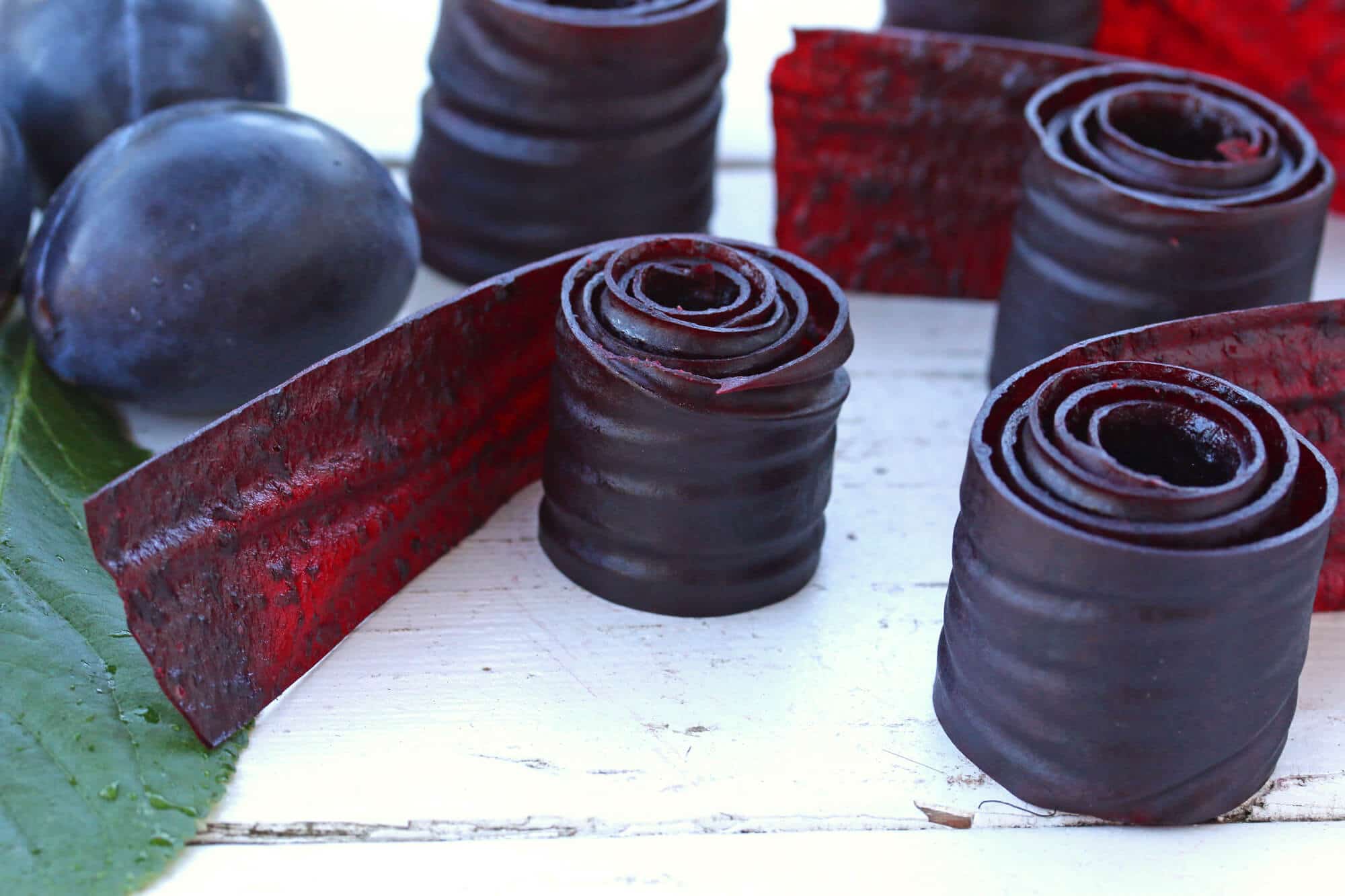
Making a wholesome, no added sugar treat for yourself and your family couldn’t be easier!
Too many food items you find in the store are full of ingredients that belong in a toxic waste depository rather than in a food item that’s consumed by kids or grownups. Fruit leather is an age-old natural sweet treat that needs absolutely nothing else added to it to be delicious, perfectly chewy and visually attractive. Yet too often the store-bought stuff adds fillers, preservatives, ingredients to improve texture and food coloring. And usually the fruit is from concentrate.
Case in point, here is the ingredients list from a leading brand of fruit roll-ups: Pears From Concentrate, Corn Syrup, Dried Corn Syrup, Sugar, Partially Hydrogenated Cottonseed Oil, Citric Acid, Sodium Citrate, Acetylated Mono and Diglycerides, Pectin, Malic Acid, Vitamin C (Ascorbic Acid), Natural Flavor, Color (Yellow 5&6, Red 40, Blue 1)
Now compare that with the ingredients list of homemade fruit roll-ups: 100% real whole fruit.
That’s it.
Throw that store-bought stuff in the garbage where it belongs and discover how crazy simple it is to make fruit roll-ups yourself!
This method of making fruit leather can be used for most kinds of fruit, and how much water you add to the fruit will depend on how juicy the fruit already is. Choose the fruit you like best or use a combination of fruits or berries. There are so many fun and flavorful combinations like apple-pear, strawberry peach, banana strawberry, and the list goes on and on. You can also add spices like cinnamon and cloves to your fruit leather.
We have three Italian plum trees on our property and I’ve been putting them to use in a variety of ways (plum butter, plum sauce, canned plums, dried prunes, etc), all in an attempt to not let any of the fruit go to waste. I’ve successfully processed over 250 pounds of plums in the past four weeks!
Making plum leather is one of the ways I’ve been putting these plums to use. We also have apple and pear trees and have been making and bottling a bunch of cider. I’ll also be making apple-cinnamon leather for our family as well – my kids have already been begging for it!
My kids LOVE this stuff. They’ll do practically anything for it. (Hmmm, now that’s an idea :) They’ve also been enjoying helping me pick and wash and de-seed the fruit. But most of all, they enjoy devouring it. And it’s a great feeling to give your kids something that you know is pure and wholesome.
Once you’ve made your first batch of it you’re going to make it again and again, because it’s so, so simple to make!
Again, I’m using plums to illustrate how to make fruit leather, but you can use any fruit of your choice.
Let’s get started!
Place the fruit in a pot. If the fruit is really juicy, like plums, apples, peaches, etc, then you hardly have to add much of any water, just barely enough to keep the bottom from scorching. So just eyeball it, add maybe 1/4 cup or water or so. Check on your fruit as it is stewing to make sure it isn’t scorching. If it looks like it needs a little more water, add more.
Cover and stew the fruit for 5-10 minutes or until softened.
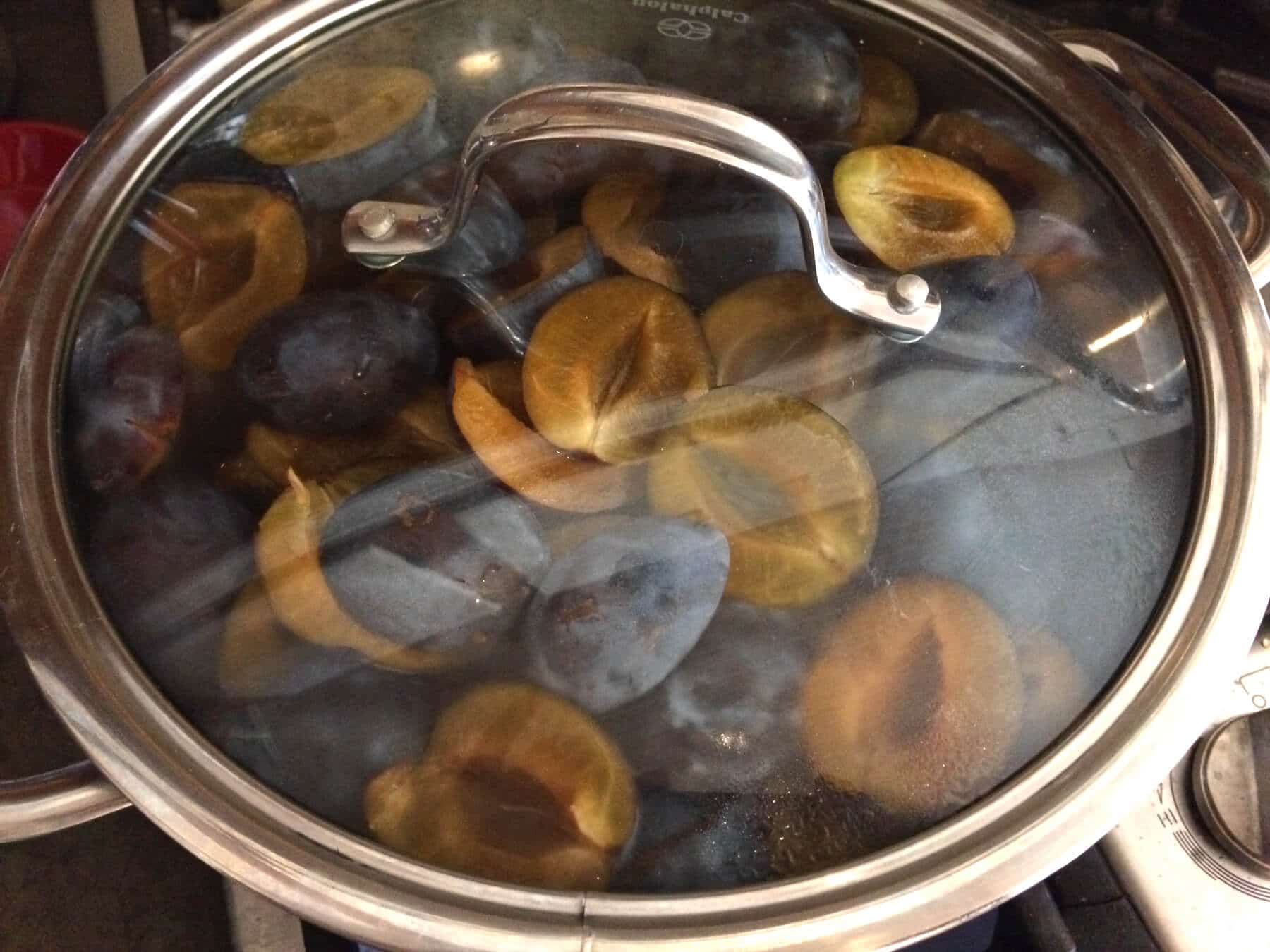
Puree the fruit until smooth. You can transfer it to a countertop blender or use an immersion blender.
Pour the pureed fruit onto lined cookies sheets (either silicone or parchment paper).
Spread it out to a thickness of about 1/4 inch or slightly less.
You can dehydrate the fruit leather in either a conventional oven or in a food dehydrator, whichever you prefer. I have a dehydrator but prefer to use the oven for this. It’s super simple spreading it out on two cookies sheets and placing them in the oven.
Heat the oven 140°F. To speed up the process you can turn on the convection setting if you have one. Typically it takes 8-12 hours to dry out. You’ll know your fruit leather is done when the surface is smooth and no longer sticky.
If you’re using parchment paper the fruit leather is easiest to remove while it’s still slightly warm to prevent it from sticking to paper.
I prefer to use a silicone baking mat but my new mats were still on their way for delivery when I made this. Still, either works well.
Slice the fruit leather into strips.
You can store the fruit leather either as one large strip and slice it later or store it in strips.
To store it, roll it in plastic wrap and then in an airtight container in the fridge or freezer.
Enjoy!
Naturally gluten free, paleo and vegan.
Save This Recipe
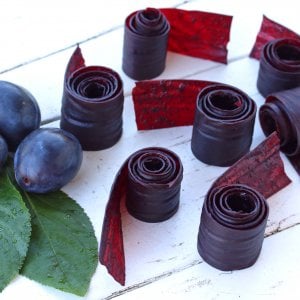
How To Make Fruit Leather
Ingredients
- Fruit of your choice or any combination of fruits and berries ,washed, de-seeded as applicable, leave the peels on for added nurtition
- Ground cinnamon and/or cloves if desired
Instructions
- Place the fruit in a pot (if using ground spices, add them too). If the fruit is really juicy, like plums, apples, peaches, etc, then you hardly have to add any water, just barely enough to keep the bottom from scorching. So just eyeball it, add maybe 1/4 cup of water or so. Check on your fruit as it is stewing to make sure it isn't scorching. If it looks like it needs a little more water, add more. Cover and stew the fruit for 5-10 minutes or until softened.
- Puree the fruit until smooth. You can transfer it to a countertop blender or use an immersion blender. Pour the pureed fruit onto lined cookies sheets (either silicone or parchment paper). Spread it out to a thickness of about 1/4 inch or slightly less.
- Heat the oven 140°F. To speed up the process you can turn on the convection setting if you have one. It typically takes 8-12 hours to dry out. You'll know your fruit leather is done when the surface is smooth and no longer sticky. (Note: You can dehydrate the fruit leather in either a conventional oven or in a food dehydrator, whichever you prefer. I have a dehydrator but prefer to use the oven for this. It's super simple spreading it out on two cookies sheets and placing them in the oven.
- Slice the fruit leather into strips. (You can store the fruit leather either as one large strip and slice it later or store it in strips. Note: If you're using parchment paper the fruit leather is easiest to remove while it's still slightly warm to prevent it from sticking to paper.)
- To store it, roll it in plastic wrap and then in an airtight container in the fridge or freezer.
Notes

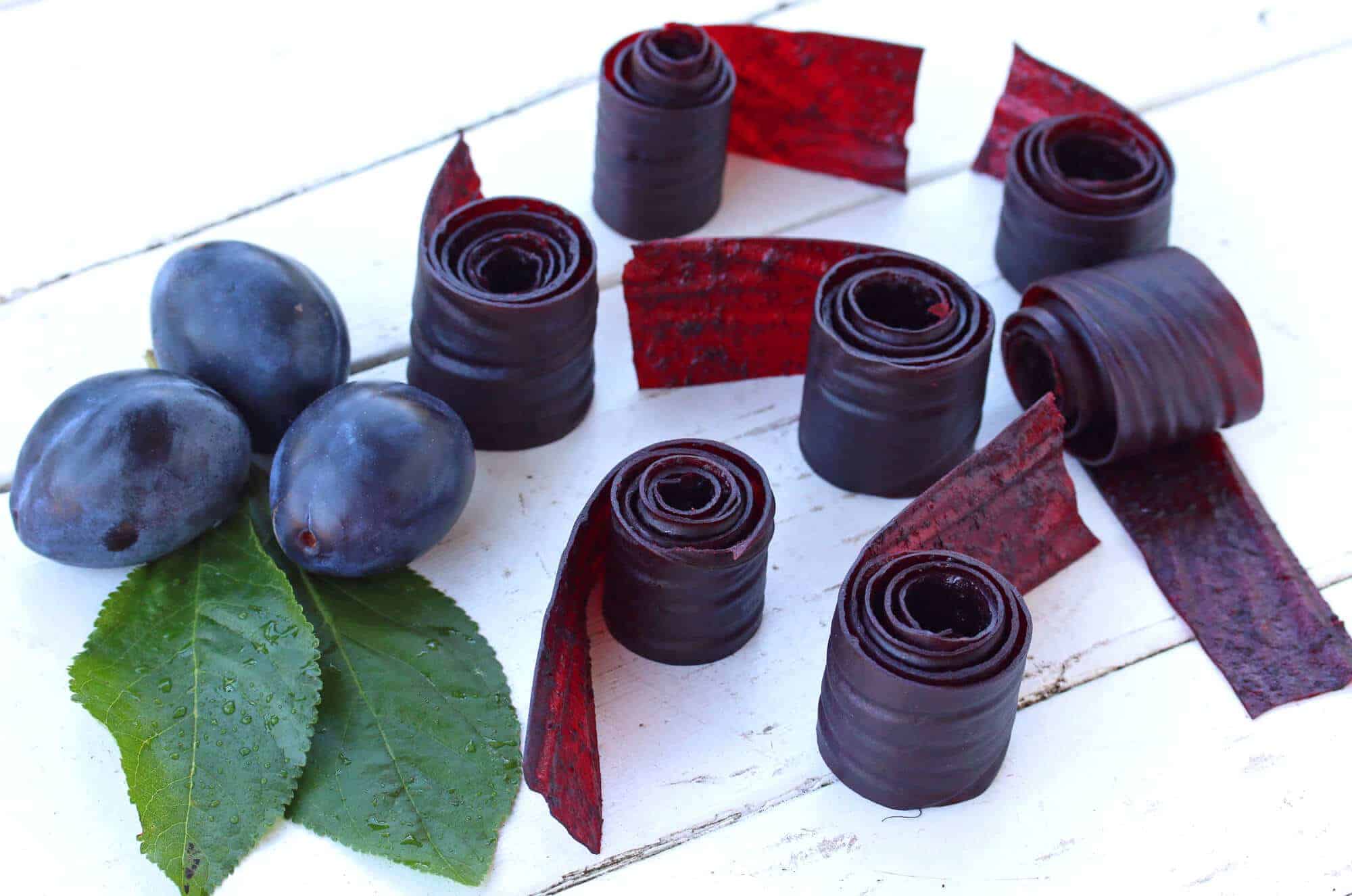
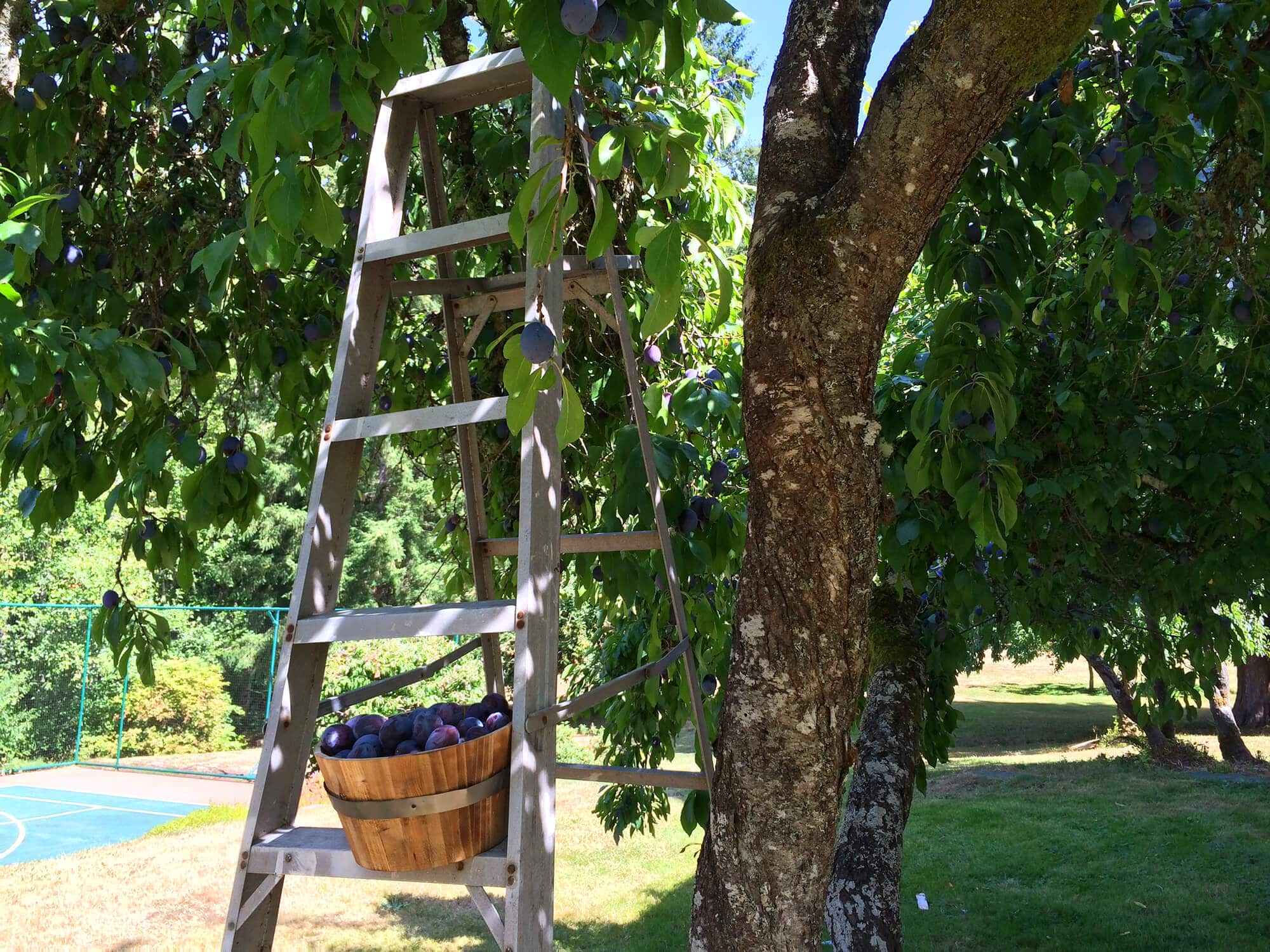

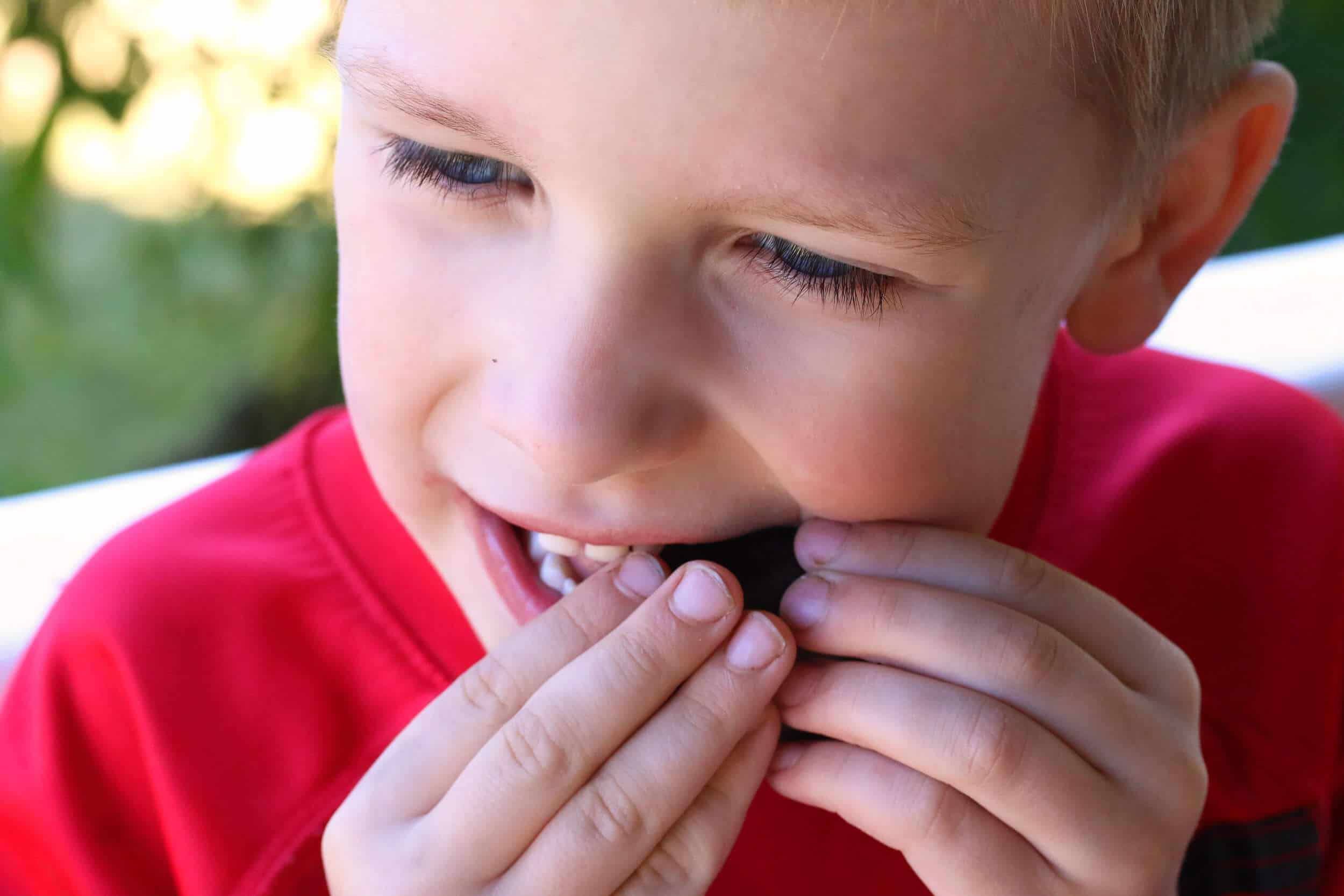
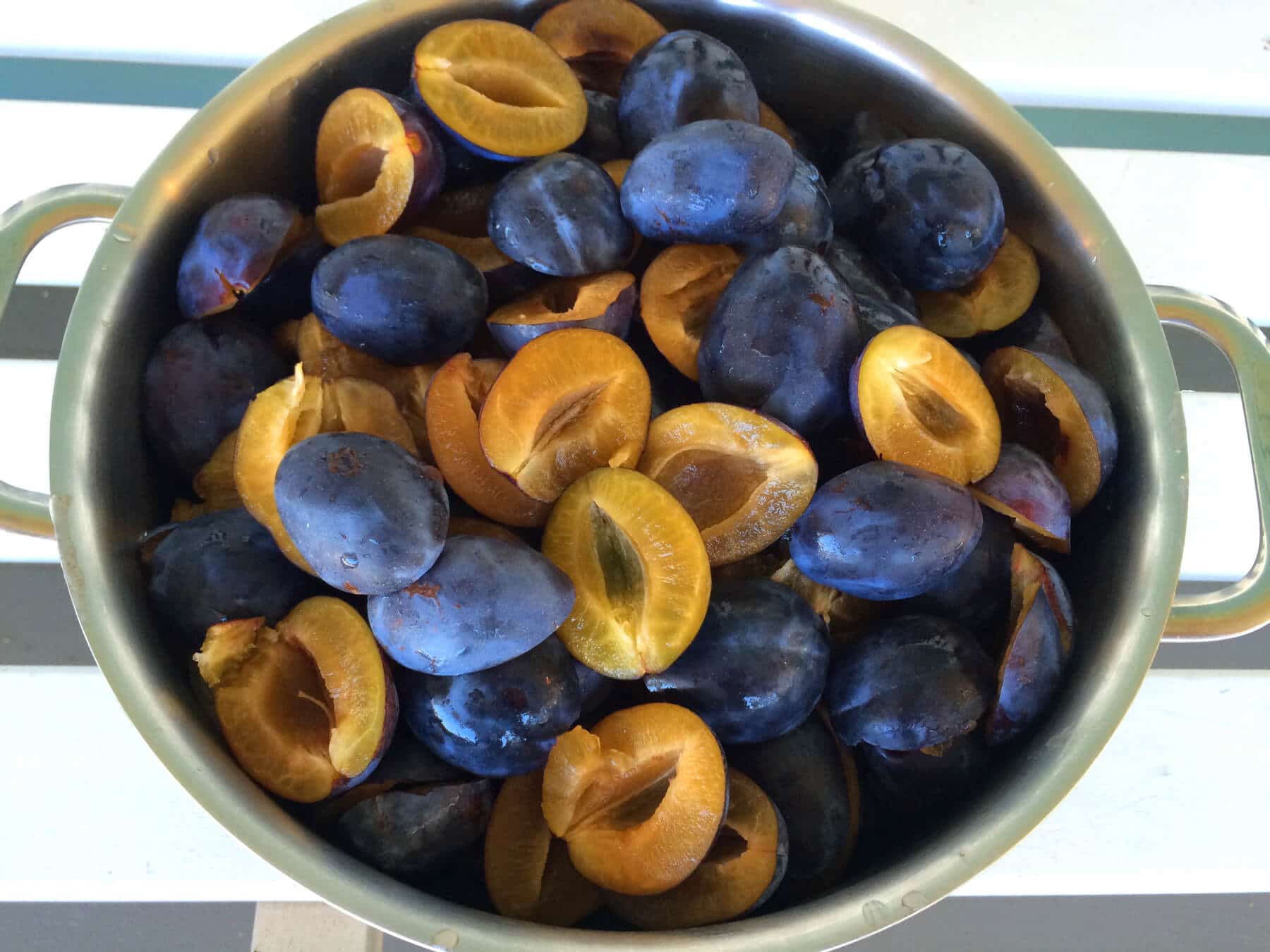
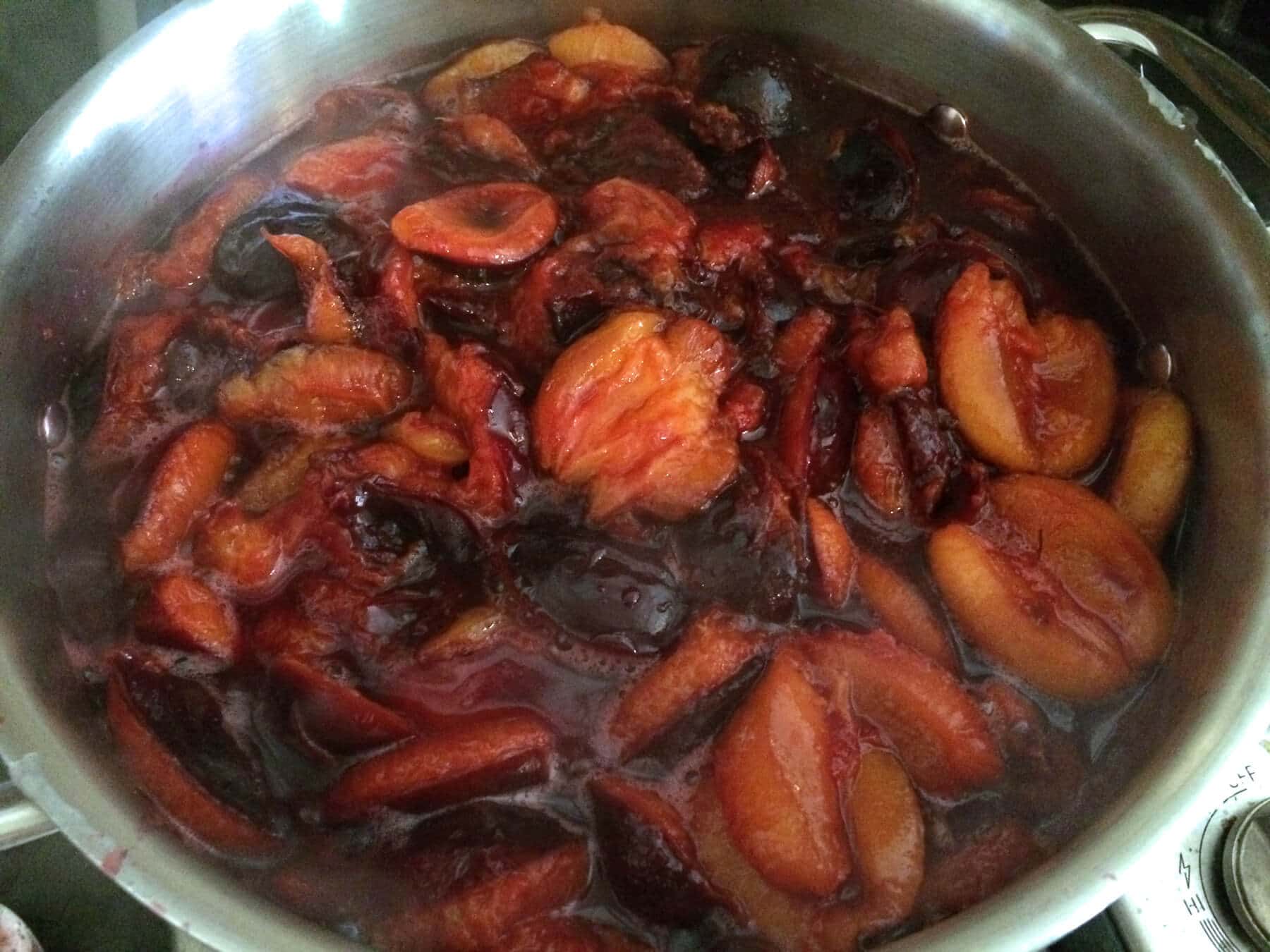
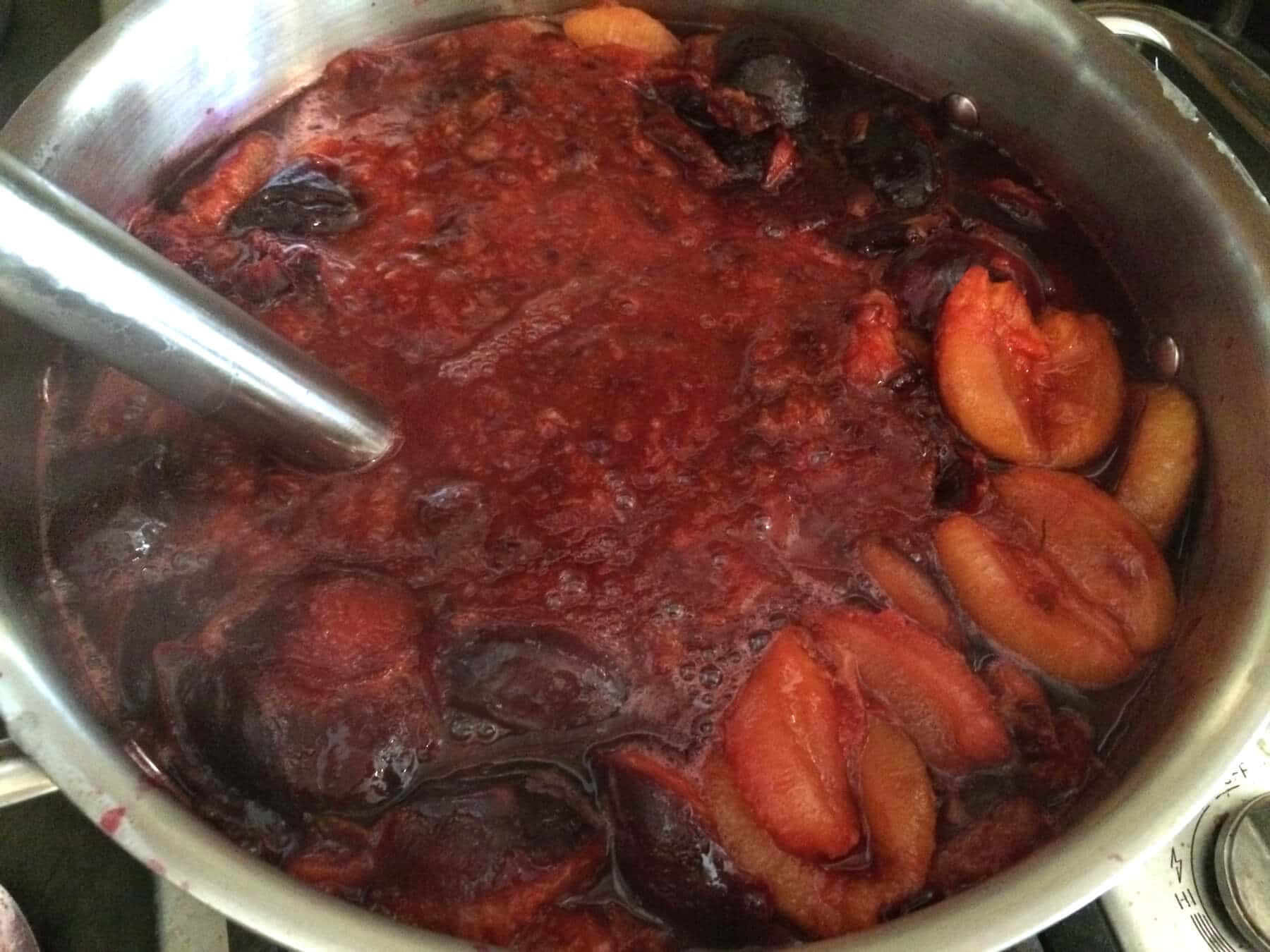
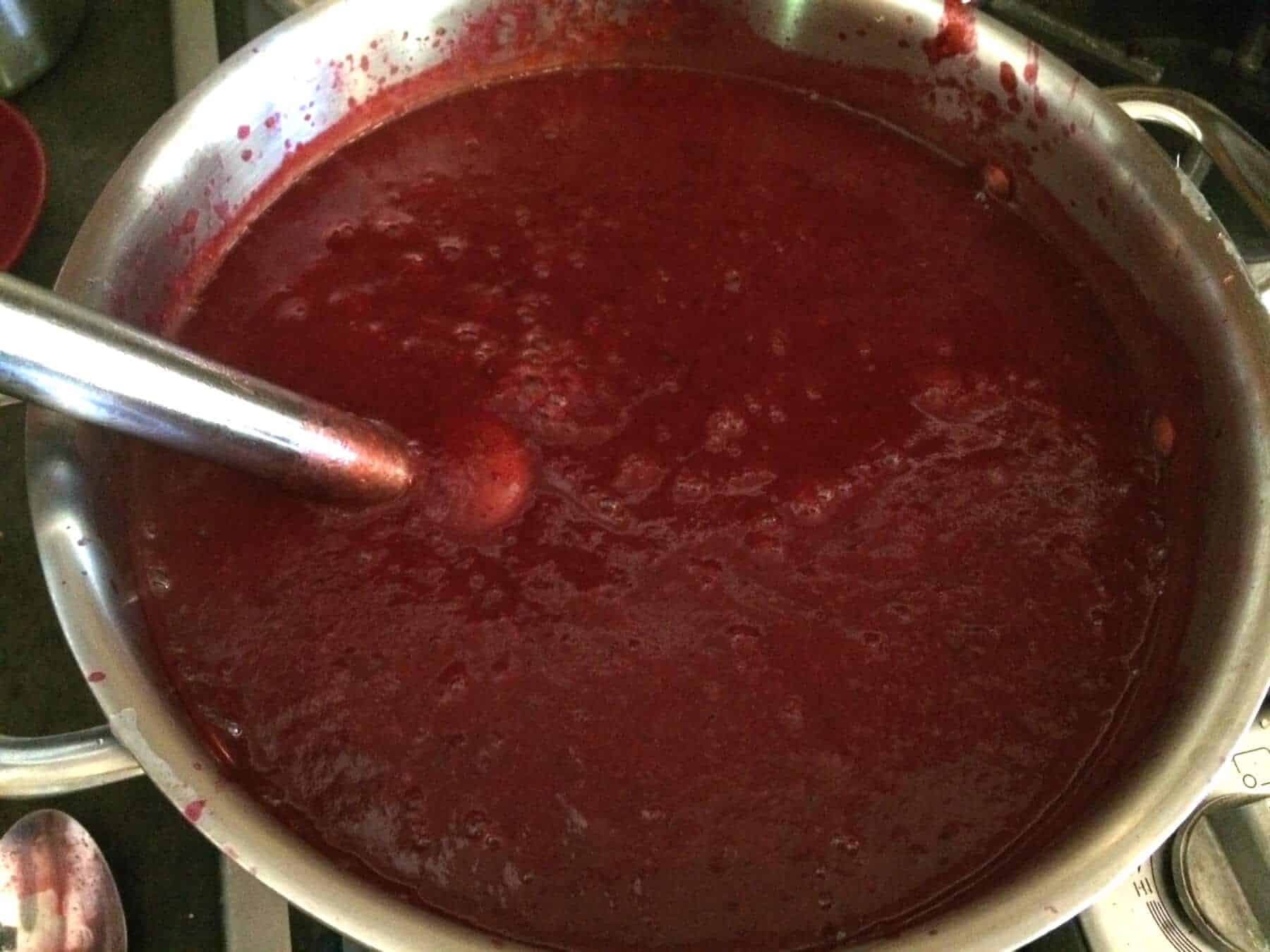
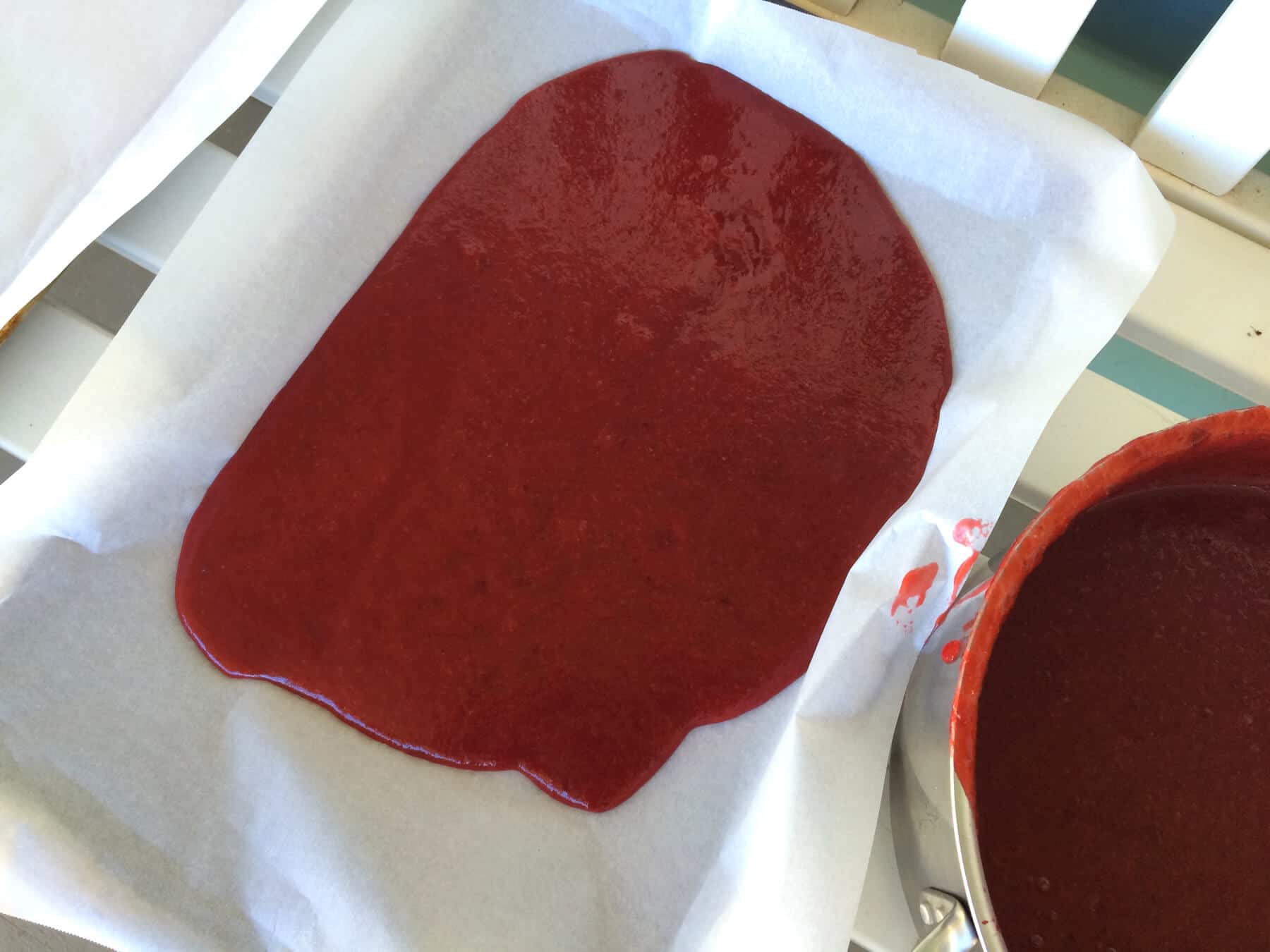
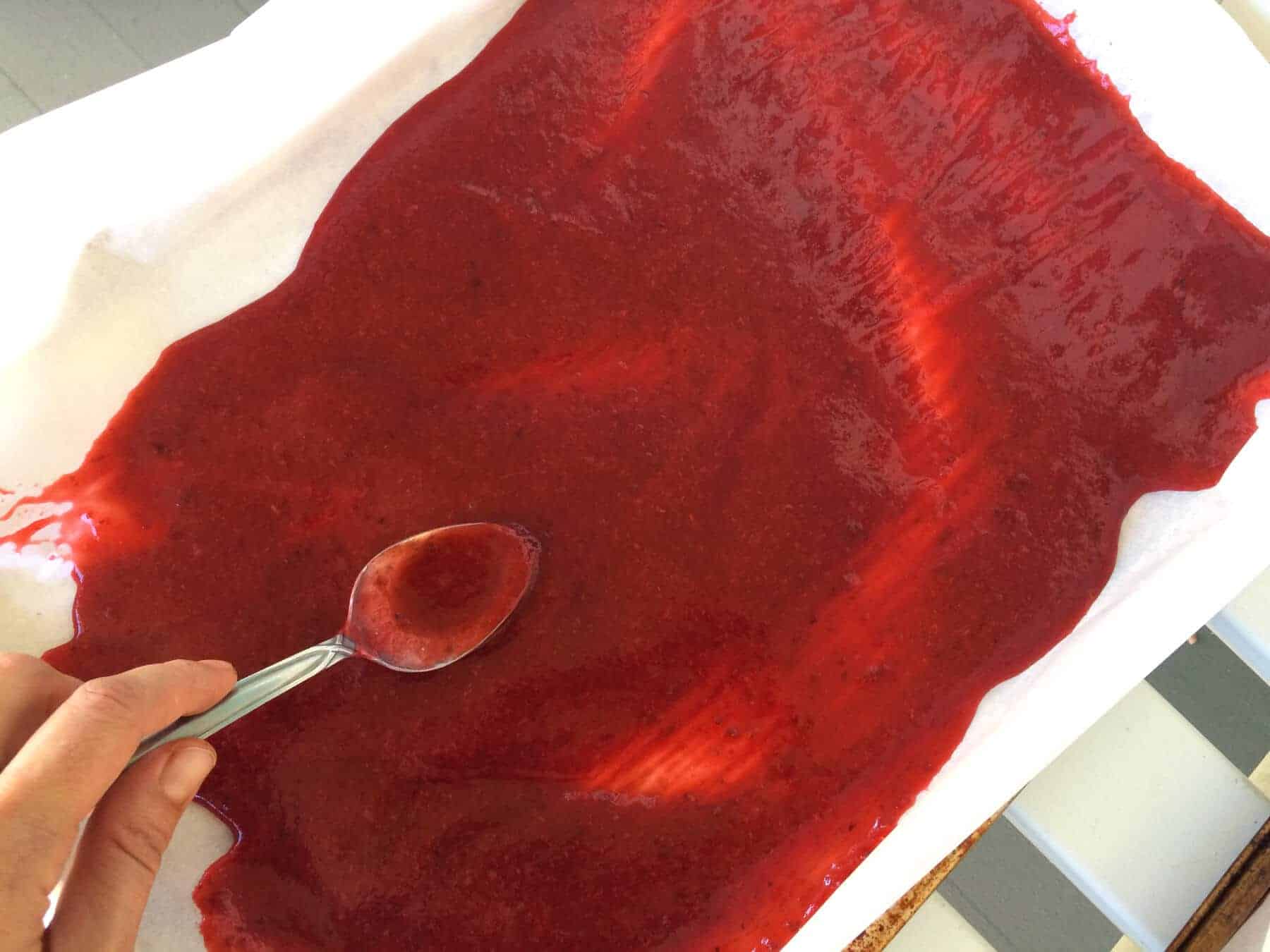
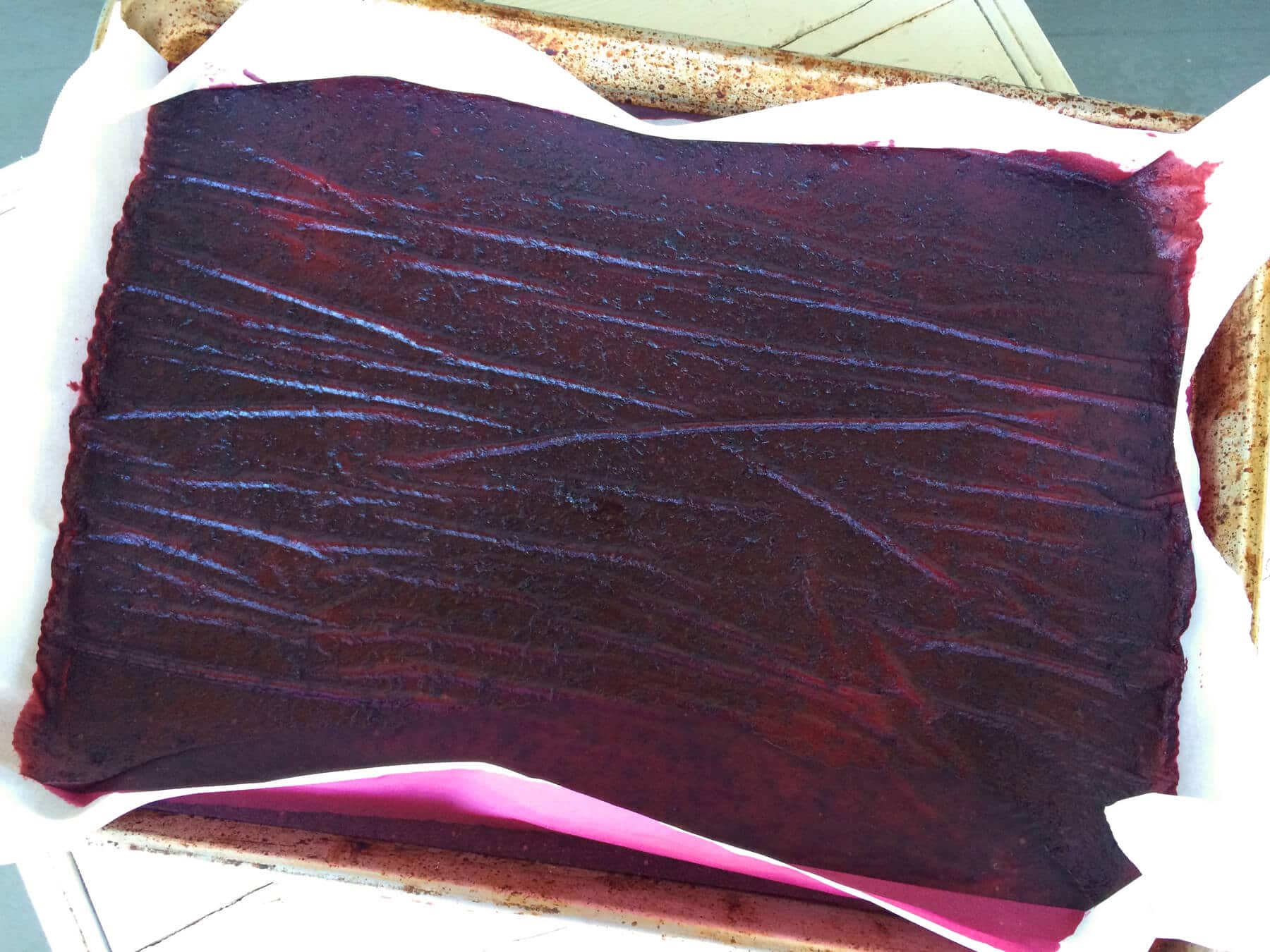
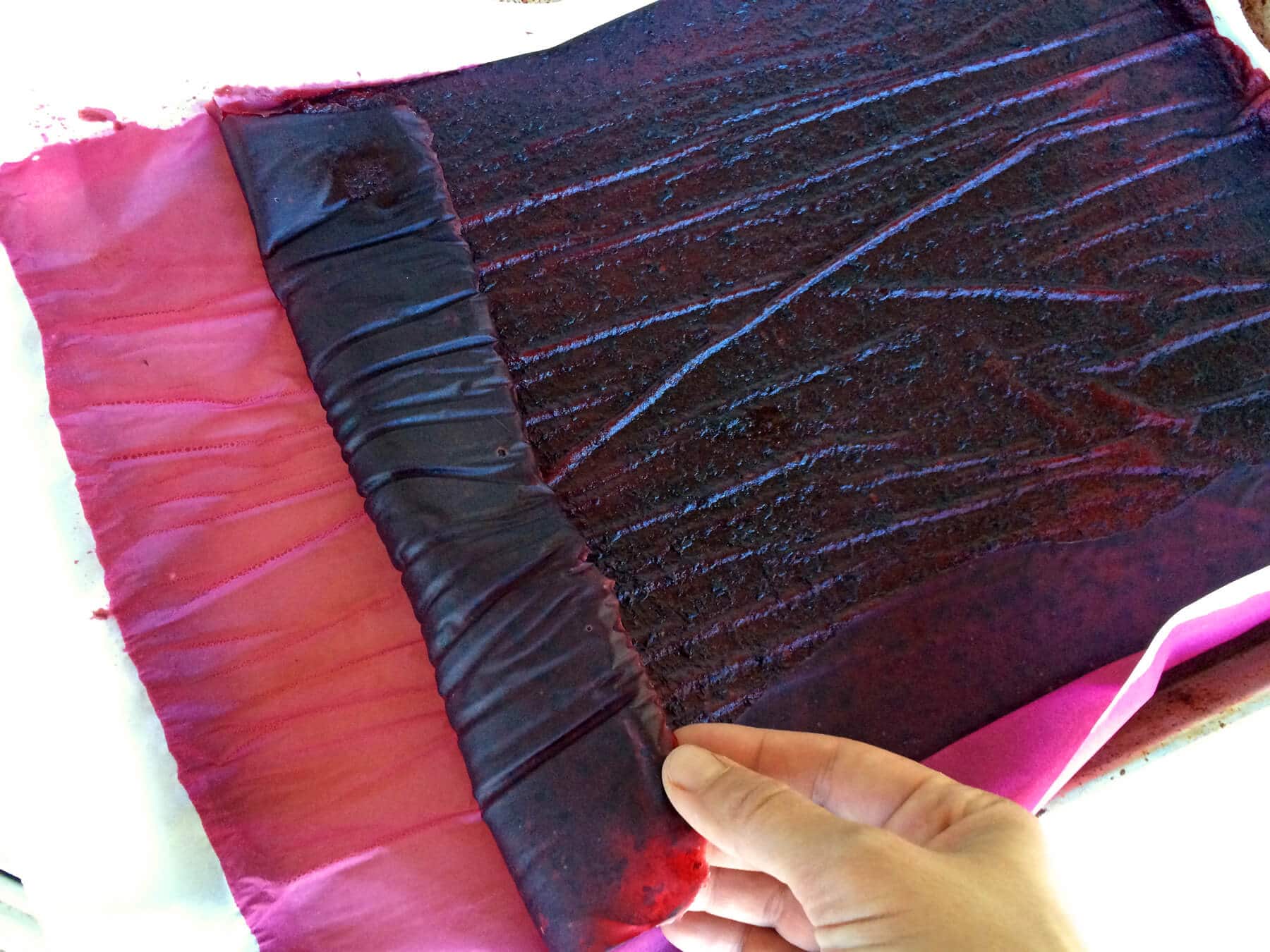
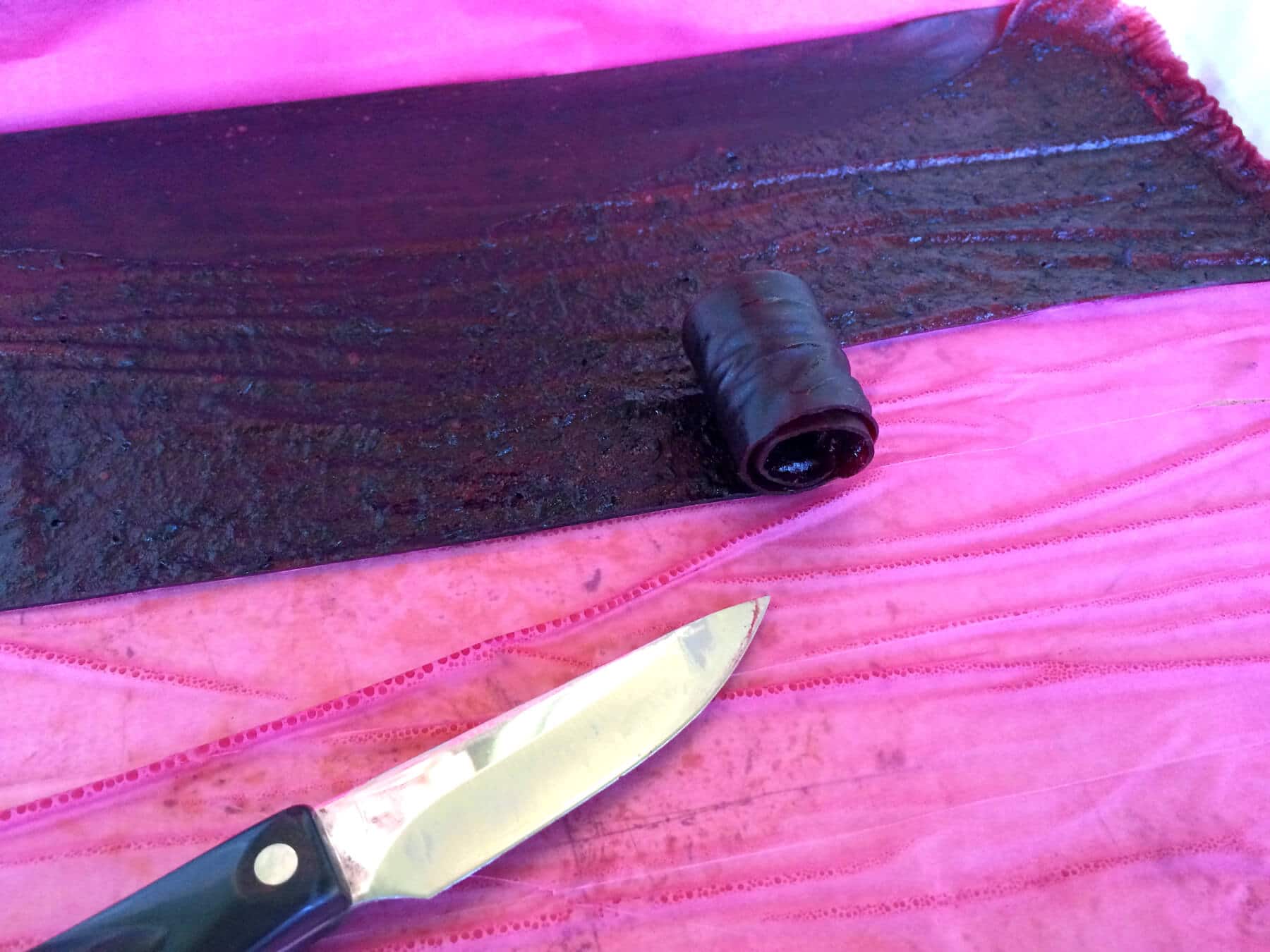
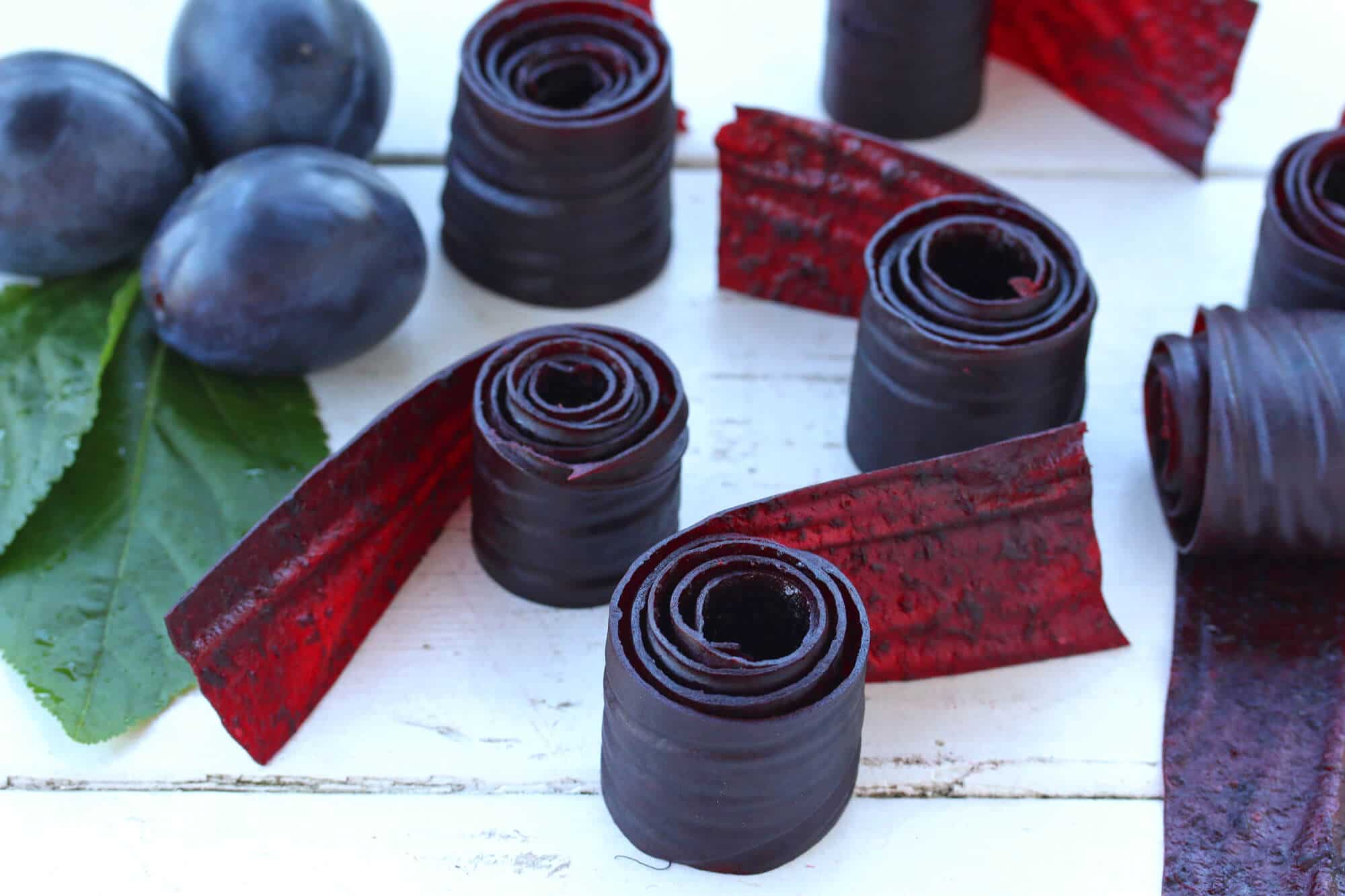
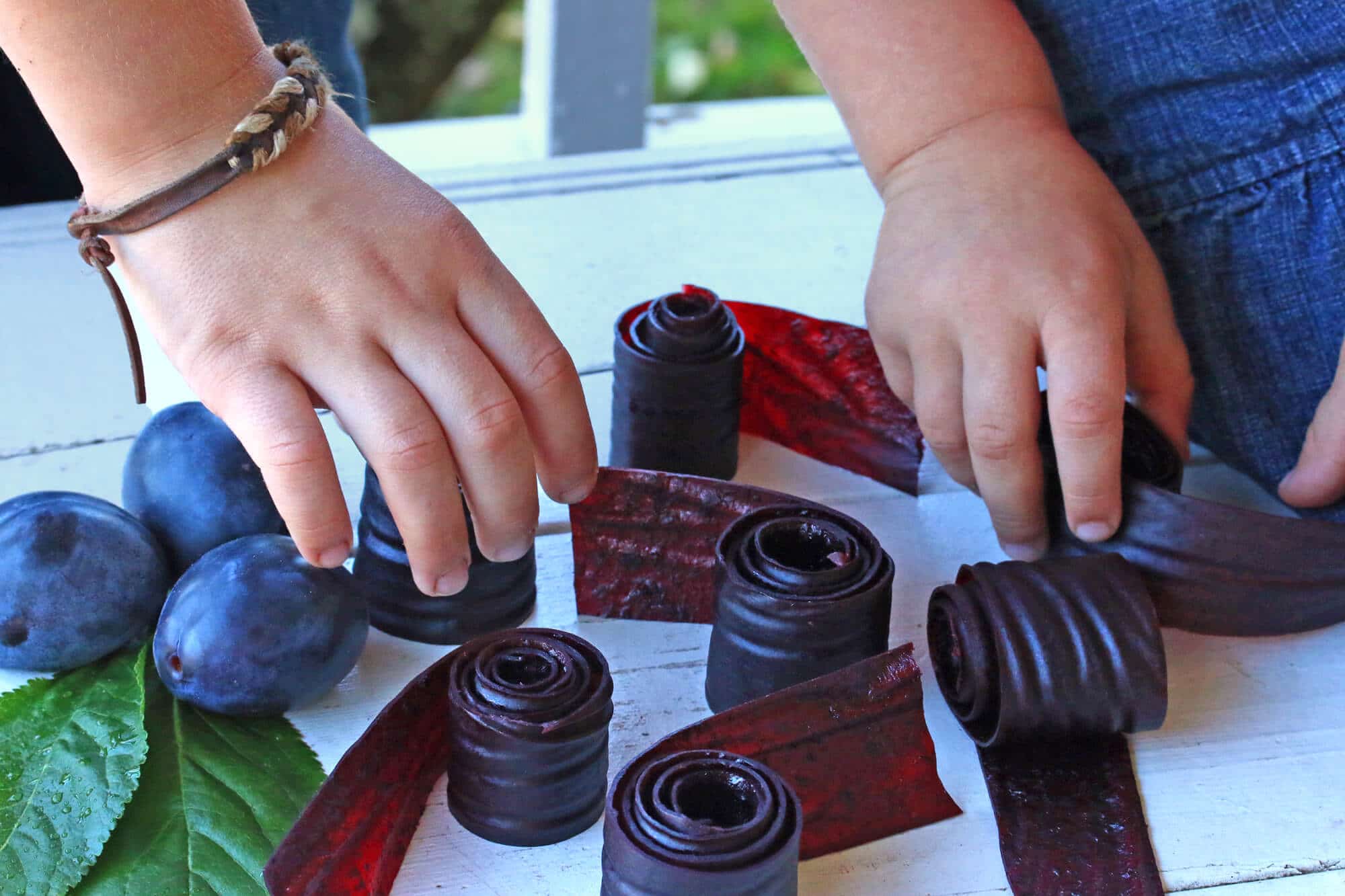


















Ever tried making cranberry juice and then had this leftover pulp, I was thinking of making jam with it or making fruit leather and never tried either until I found a recipe for which. But fruit is good idea, use make little sweet for cranberry so it’s not so tart.
Currently have in leftover pulp honey powder and it still very much tart.
Carrot + apple?
I would love to add that in juice process but never could.
hello! i am trying to find the best recipe for fruit leather in a dehydrator and I’m stuck on if i should use pectin or now. is this pectin companies saying it is better with pectin? was wondering if you have tried both with or without pectin to see if pectin makes leathers anhy better.
thank you for your time,
Andrew T.
Hi Andrew, I have not used pectin so I’m afraid I can’t draw a comparison between the two.
I cant wait to try out your sugarless recipe .
I really dont know why sugar are added to everthing. Fruits already have natural sugars.
Im from Western Cape in South Africa and different fruits are in abundance soon.
Thanks so much for your easy instructions how to make fruit leathers.
Take care.
I agree, Lynne, the fruits are plenty sweet on their own, especially when they’re in concentrated form like fruit leather. I hope you enjoy the leather!
The parchment paper stuck to my fruit leather. I did try to remove it while it was warm. Any suggestions?
I’ve found there seems to be a right side and a wrong side to parchment paper. Perhaps you used the wrong side? The right side generally feels slicker.